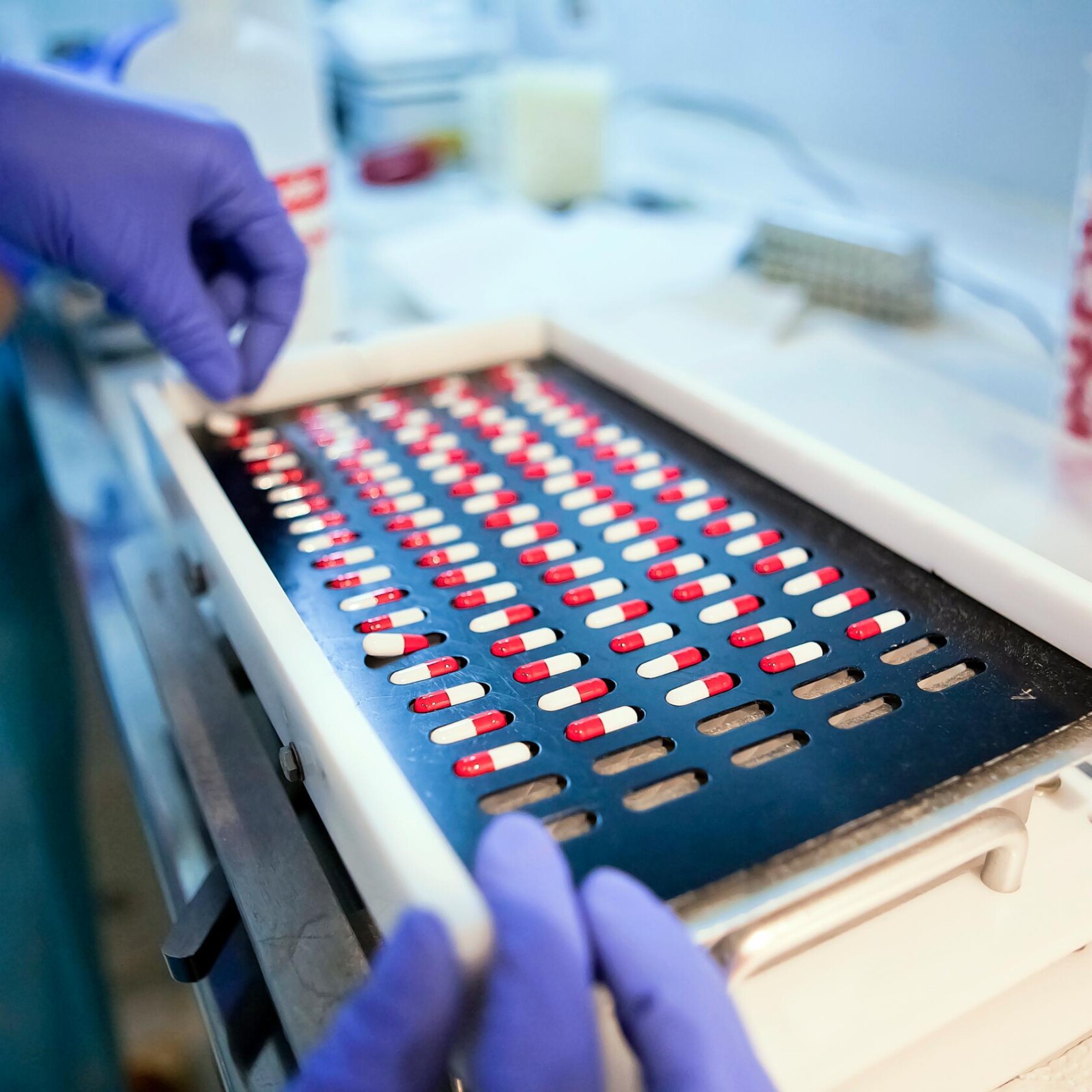District Court Upholds Eligibility Of Personalized Medicine Method Claims For FANAPT

In Vanda Pharmaceuticals Inc. v. Roxane Labs., Inc., Judge Stark of the U.S. District Court for the District of Delaware upheld the patent eligibility of personalized medicine method claims related to Vanda’s FANAPT® (iloperidone) product for treating schizophrenia. The claims recite a diagnostic step as well as a treatment step, and were found to recite “significantly more” than the underlying “law of nature”.
The FANAPT Patent At Issue
Judge Stark’s decision arose in the context of post-trial motions regarding the validity of U.S. Patent No. 8,586,610. According to the patent’s abstract, the underlying invention “relates to methods for the identification of genetic polymorphisms that may be associated with a risk for QT prolongation after treatment with iloperidone and related methods of administering iloperidone to patients with such polymorphisms.”
Independent claim 1 recites:
1. A method for treating a patient with iloperidone, wherein the patient is suffering from schizophrenia, the method comprising the steps of:
determining whether the patient is a CYP2D6 poor metabolizer by: obtaining or having obtained a biological sample from the patient; and performing or having performed a genotyping assay on the biological sample to determine if the patient has a CYP2D6 poor metabolizer genotype;
and if the patient has a CYP2D6 poor metabolizer genotype, then internally administering iloperidone to the patient in an amount of 12 mg/day or less,
and if the patient does not have a CYP2D6 poor metabolizer genotype, then internally administering iloperidone to the patient in an amount that is greater than 12 mg/day, up to 24 mg/day,
wherein a risk of QTc prolongation for a patient having a CYP2D6 poor metabolizer genotype is lower following the internal administration of 12 mg/day or less than it would be if the iloperidone were administered in an amount of greater than 12 mg/day, up to 24 mg/day.
Patent Eligibility Of FANAPT Patent
Roxane challenge the patent eligibility of the ‘610 patent claims as applying a “law of nature” in a “routine and conventional” manner. As summarized in Judge Stark’s Order, Roxane asserted that the claims embody two laws of nature:
- that mutations in the CYP2D6 genes can alter enzymatic activity
- that a patient’s CYP2D6 enzymatic activity affects their metabolism of iloperidone.
Roxane argued further that the claims “merely add a dose adjustment to reduce the risk of a side effect, which Roxane claims is routine and conventional activity.”
Judge Stark found that the “claims depend on laws of nature” but also found that they “incorporate some additional step sufficient to transform the claims, making them valid.” In this regard, Judge Stark focused on the claim language regarding “conducting CYP2D6 genotyping tests to determine the appropriate dose of iloperidone to reduce QTc-related risks.” Rejecting Roxane’s arguments, and citing the recent Federal Circuit decision in CellzDirect, Judge Stark found:
[T]he process of using this genetic test to inform the dosage adjustment recited in the claims was not routine or conventional and amounted to more than a mere instruction to apply a natural relationship. This combination of elements is sufficient to ensure that the claims amount to significantly more than just a natural law.
Judge Stark also noted that the claims did not raise preemption concerns, “because the ‘610 Patent will not preempt biological sampling or genotyping.” Thus, Judge Stark ruled that “the patent-at-issue is not invalid for lack of patentable subject matter.”
Infringement Of Personalized Medicine Method Claims
Innovators in diagnostic and personalized medicine fields may obtain personalized medicine method claims to overcome or avoid patent eligibility rejections that pure diagnositc claims may face in the wake of Mayo, Myriad and Alice. While obtaining a patent is an essential first step, a patent’s value depends on being able to establish infringement, which can be more difficult if separate actors can perform different steps of a method claim.
Here, however, because the Fanapt® prescribing information reflected the asserted claims, infringement was easier to establish. As Judge Stark found:
Roxane’s Proposed Label satisfies claims 1-9, 11-13, 16 of the ‘610 Patent …. Roxane’s label recommends that practitioners use iloperidone to treat patients suffering from schizophrenia. … The label recommends oral administration of iloperidone tablets at 12 to 24 mg/day to non-genotypic CYP2D6 poor metabolizers and 12 mg/day or less to genotypic CYP2D6 poor metabolizers. … It also recommends that practitioners perform or have performed a genotyping assay to determine whether patients are CYP2D6 poor metabolizers. …
The label also reflected the wherein clause:
Section 5.2 of the label states that in an open-label study, “iloperidone was associated with QTc prolongation of 9 msec at an iloperidone dose of 12 mg twice daily,” that “under conditions of metabolic inhibition for both 2D6 and 3A4, iloperidone 12 mg twice daily was associated with mean QTc increase from baseline of about 19 msec,” and therefore “caution is warranted when prescribing iloperidone … in patients with reduced activity of CYP2D6.” … Section 12.3 states that “PMs of CYP2D6 have higher exposure to iloperidone compared with EMs and PMs should have their dose reduced by one-half.”
Judge Stark also credited the testimony of a doctor on behalf of Vanda that he had performed all steps of the’610 patent, including genotyping a patient and confirming s/he was not a poor metabolizer of CYP2D6 before prescribing a dose above 12 mg/day.
Thus, the personalized medicine method claims here could prove very valuable to Vanda, and may offer patent protection against other would-be generic competitors through its expiration date of November 2, 2027.
